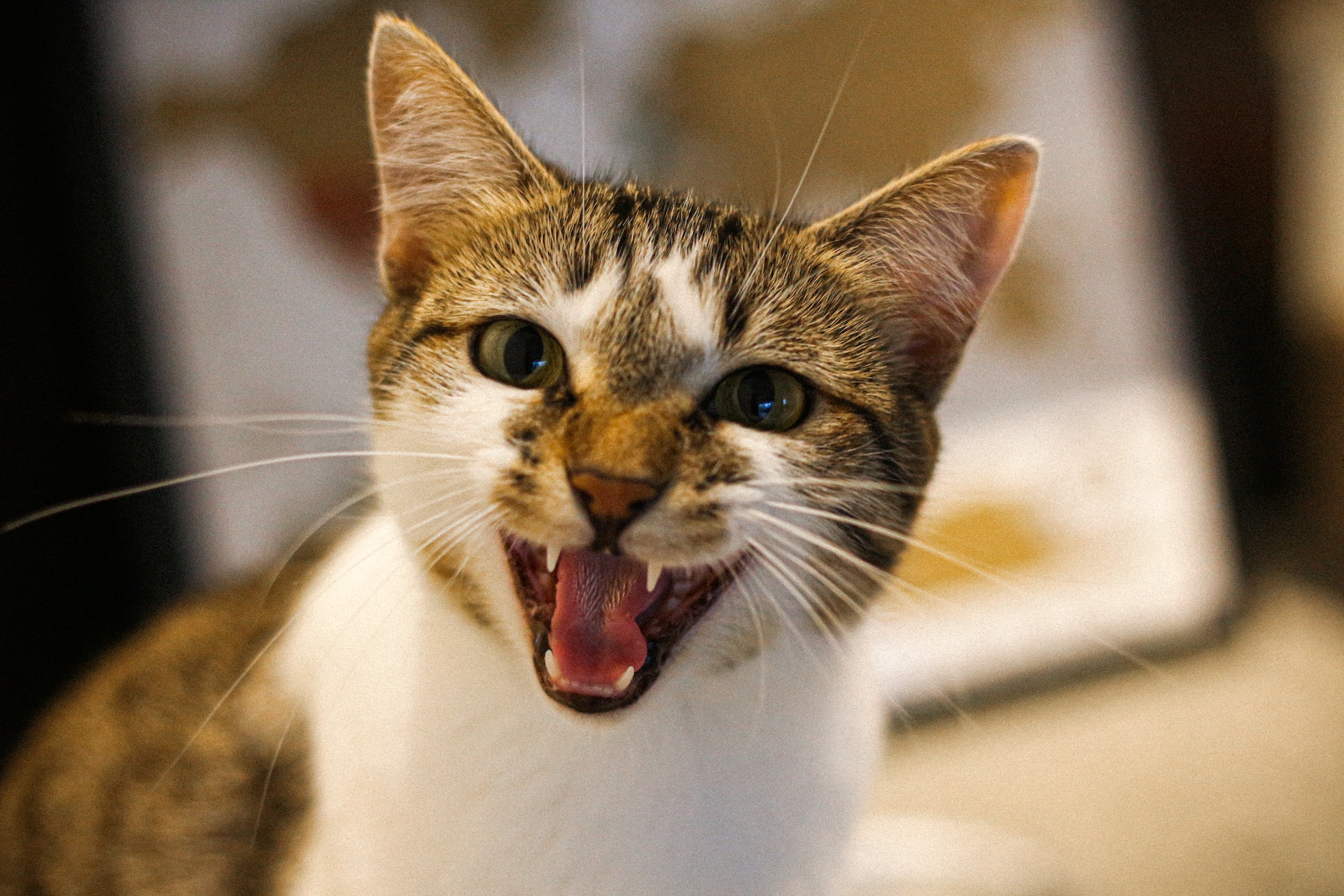
01 Sep The Importance of Brushing Your Cat’s Teeth
When it comes to the health and well-being of our beloved feline companions, proper oral care often takes a back seat. Just like humans, cats require regular dental care to prevent a host of potential health issues. Brushing your cat’s teeth might seem like a daunting task, but it is a vital aspect of responsible pet ownership.
This informative blog post aims to shed light on the importance of brushing your cat’s teeth and provide you with the necessary information to start a dental care routine that will benefit both your cat and your overall relationship with your beloved feline friend.
Why Regularly Brushing Your Cat’s Teeth Is Important
Maintaining good oral hygiene in cats is essential for their overall health and longevity. Dental problems can lead to more significant health issues, including gingivitis and periodontal disease. Just like people, cats can suffer from gum disease. Plaque and tartar buildup can lead to gingivitis, an inflammation of the gums, which can progress to periodontal disease. This can cause pain, tooth loss, and even spread bacteria to other parts of the body, affecting vital organs like the heart and kidneys. Another issue that is most often overlooked is pain and discomfort. Imagine the pain of a toothache or sore gums. Cats can experience the same discomfort, but they are experts at hiding their pain. Behavioral changes like decreased appetite or irritability might be the only signs you notice. Systemic health issues are directly associated with oral health and don’t just stay in the mouth. Bacteria from dental issues can enter the bloodstream and impact other organs, leading to serious health conditions.
How Often Should You Brush Your Cat’s Teeth
Brushing your cat’s teeth once a day has been shown to provide the best oral care. Brushing might seem like a small task, but the benefits are significant. Brushing cat teeth prevents periodontal diseases by removing plaque, the sticky film of bacteria, and preventing the formation of tartar. This significantly lowers the risk of gum disease and other dental issues. Brushing improves overall health by preventing oral bacteria from entering the bloodstream, reducing the risk of systemic diseases, and benefiting your cat’s heart, kidneys, and liver. By brushing your cat’s teeth once a day, you would be providing the best preventative dental care. Preventative dental care is more cost-effective than treating advanced periodontal diseases. When home dental care is ignored, periodontal disease is allowed to progress, potentially leading to tooth extractions. When periodontal disease progresses, the gum tissue and jawbone begin to recede, causing teeth to become loose, which results in pain. When this occurs, the only treatment is an anesthetic procedure requiring tooth extraction.
Brushing Your Cat’s Teeth: How to Get Started
Establishing a tooth-brushing routine with your cat might take some patience, but it’s worth the effort. Here’s how to get started:
- Introduce Gradually: Begin by letting your cat get used to the idea of having their mouth touched. Gently touch their lips and teeth with your finger, offering treats and praise for cooperation. Begin by only touching the outside of their teeth, and slowly moving to the inside of their mouths.
- Choose the Right Tools: Use a toothbrush and toothpaste specifically designed for cats. Human toothpaste can be harmful if ingested. There are many different toothpaste flavors that cats enjoy and there are some cats that prefer no toothpaste at all.
- Familiarization: Allow your cat to sniff and taste the toothpaste before using it. The flavor is usually appealing to cats.
- Take Small Steps: Start by lifting your cat’s lips and brushing a few front teeth. Gradually increase the time as your cat becomes more comfortable.
- Positive Reinforcement: Always reward your cat after brushing. Positive associations can make the process easier over time. Whether the positive reinforcers are treats or extra cuddles.
Steps for Effective Brushing: When you’re ready to start brushing, follow these steps for a successful session:
- Be Gentle: Approach your cat calmly and gently. Talk to them in soothing tones to keep them at ease.
- Positioning: Find a comfortable and safe position for both you and your cat. This might be on your lap, a table, or any spot where your cat feels secure.
- Brushing Motion: Hold the toothbrush at a 45-degree angle to the teeth and brush in small, gentle circles. Focus on the outer surfaces where plaque tends to accumulate.
- Focus on Front Teeth: In the beginning, you might only be able to brush a few front teeth. Gradually work your way to the back teeth as your cat becomes more cooperative.
- Keep it Short: Aim for sessions lasting 10-30 seconds. You can gradually increase the time as your cat gets used to the routine.
For optimal results, aim to brush your cat’s teeth daily or every other day. Brushing only once a week is considered the same as not brushing your cat’s teeth at all. Additionally, regular veterinary check-ups should include dental examinations to catch any potential problems early to continue preventative care. When gingivitis and tartar are observed during a physical exam, an anesthetic professional dental cleaning by a veterinarian is recommended. An anesthetic professional dental cleaning is the safest way to ensure a complete cleaning without causing trauma to your cat’s mouth. Routine anesthetic professional dental cleanings are the best way to maintain proper oral health throughout your cat’s life. Cats deserve to have a happy and healthy smile just like us!
Images used under creative commons license – commercial use (9/1/2023). Photo by Marlon Soares on Unsplash

